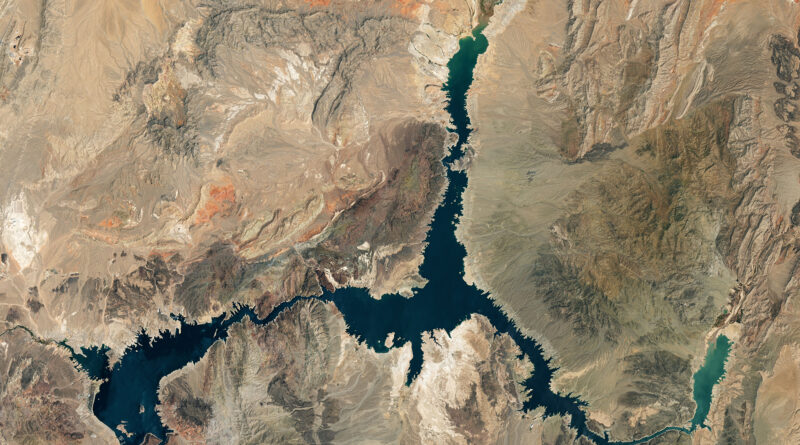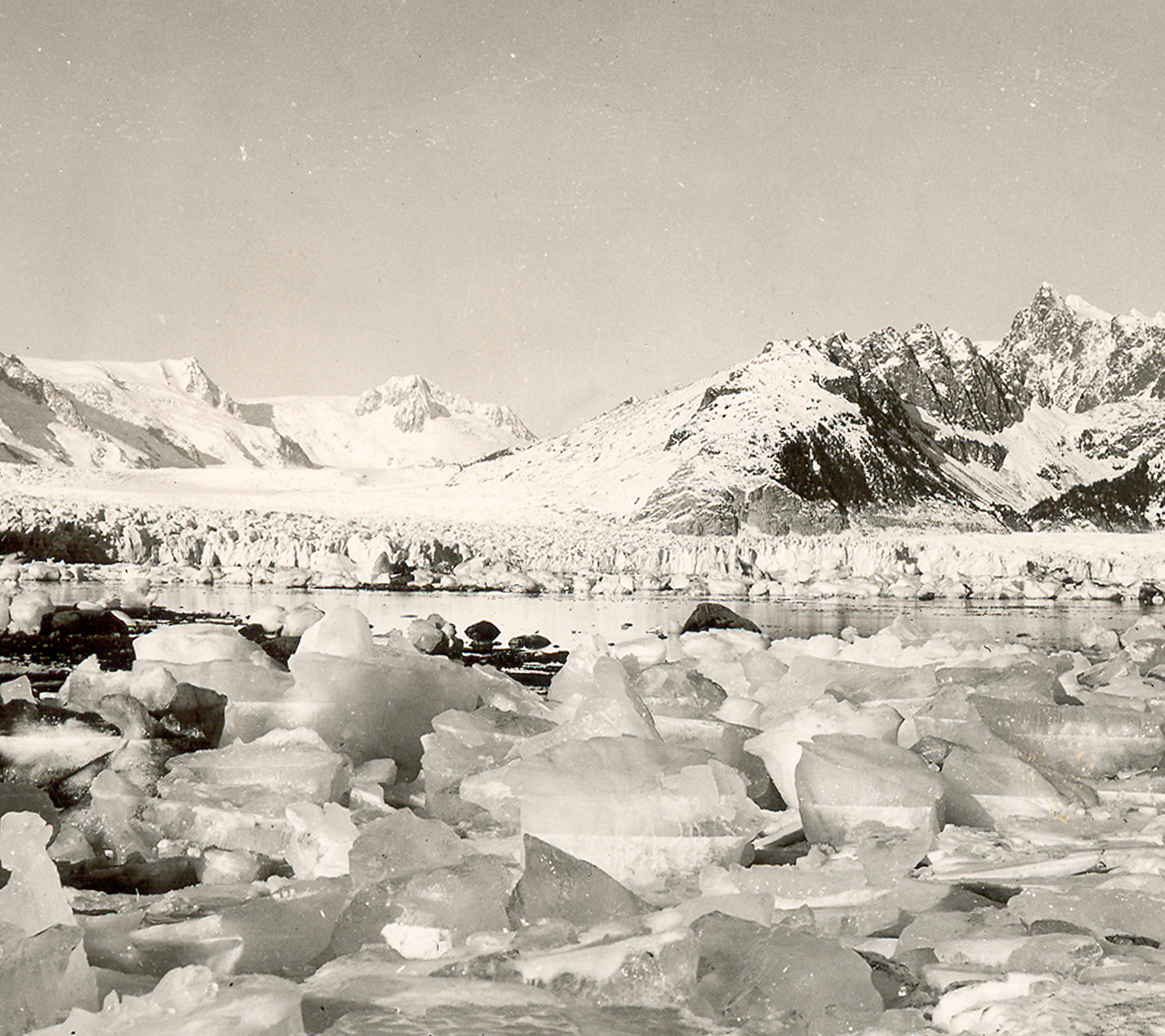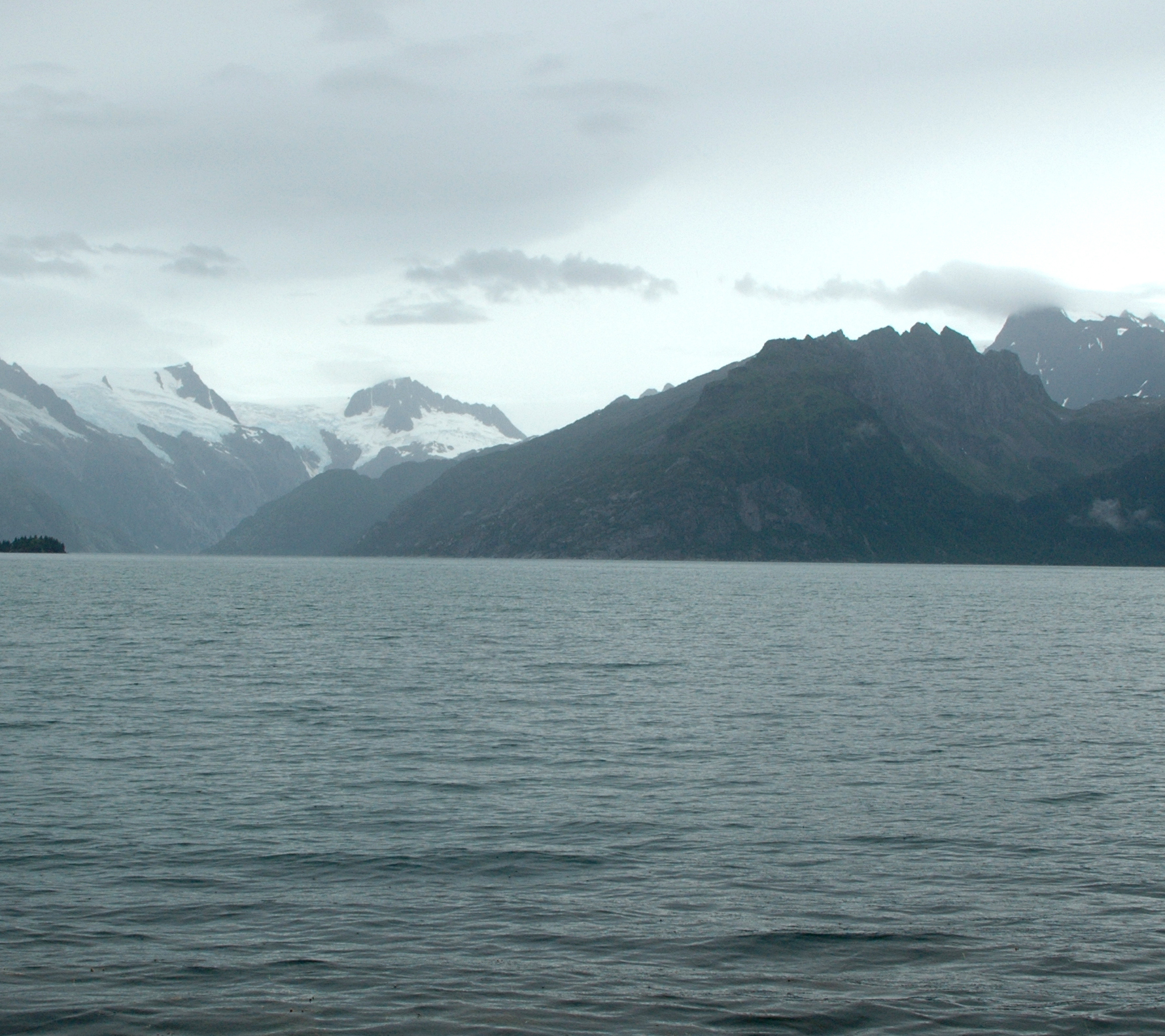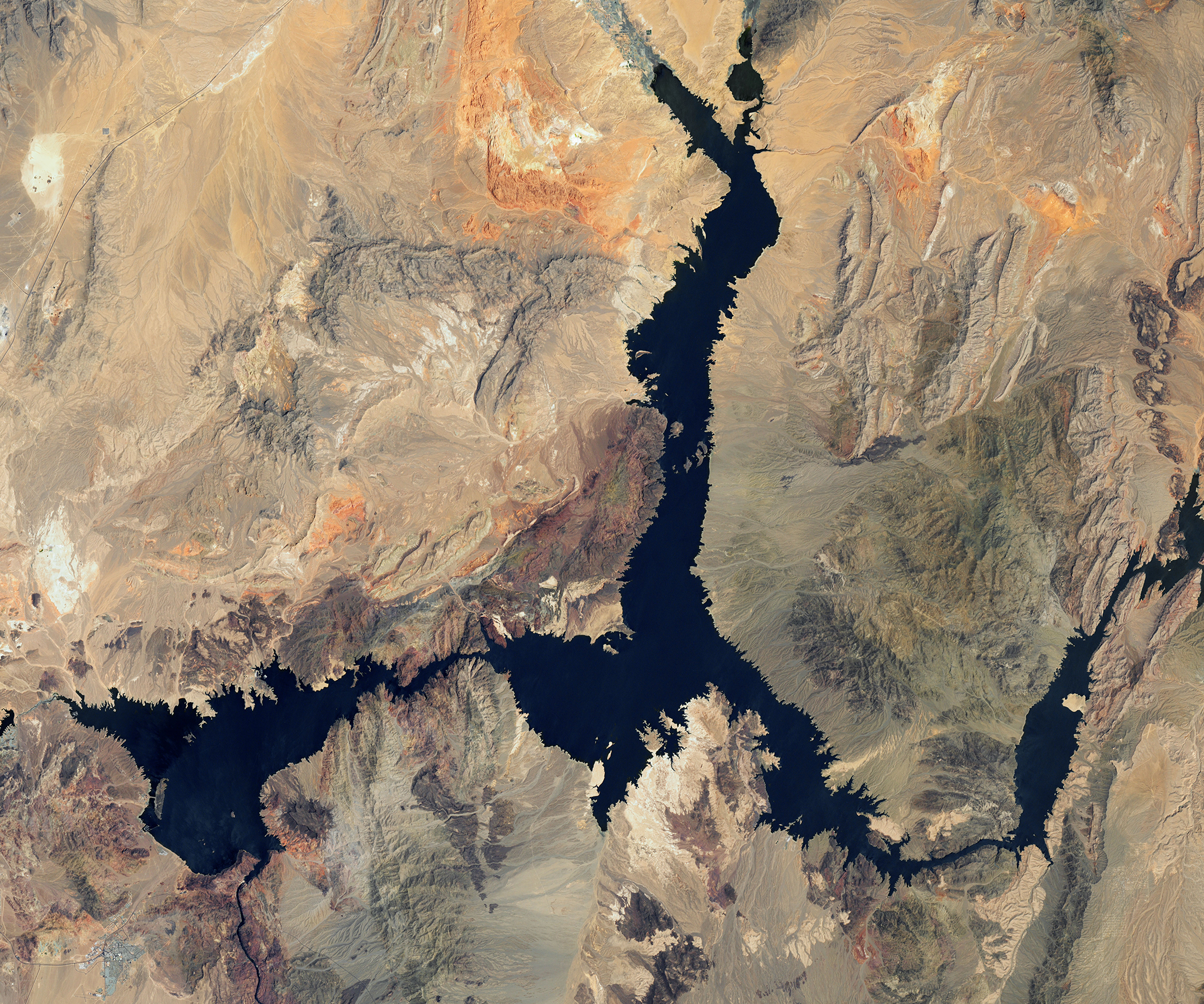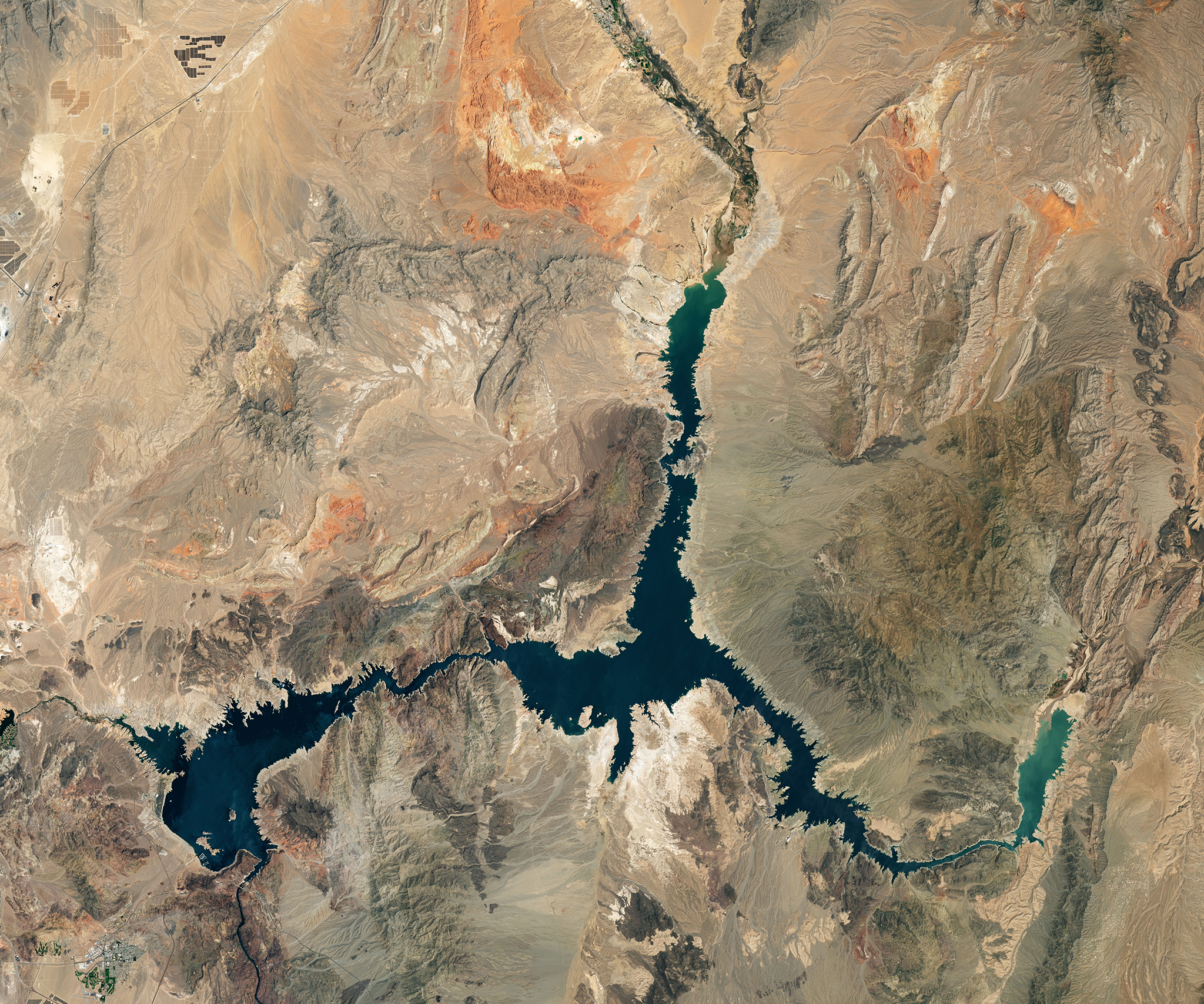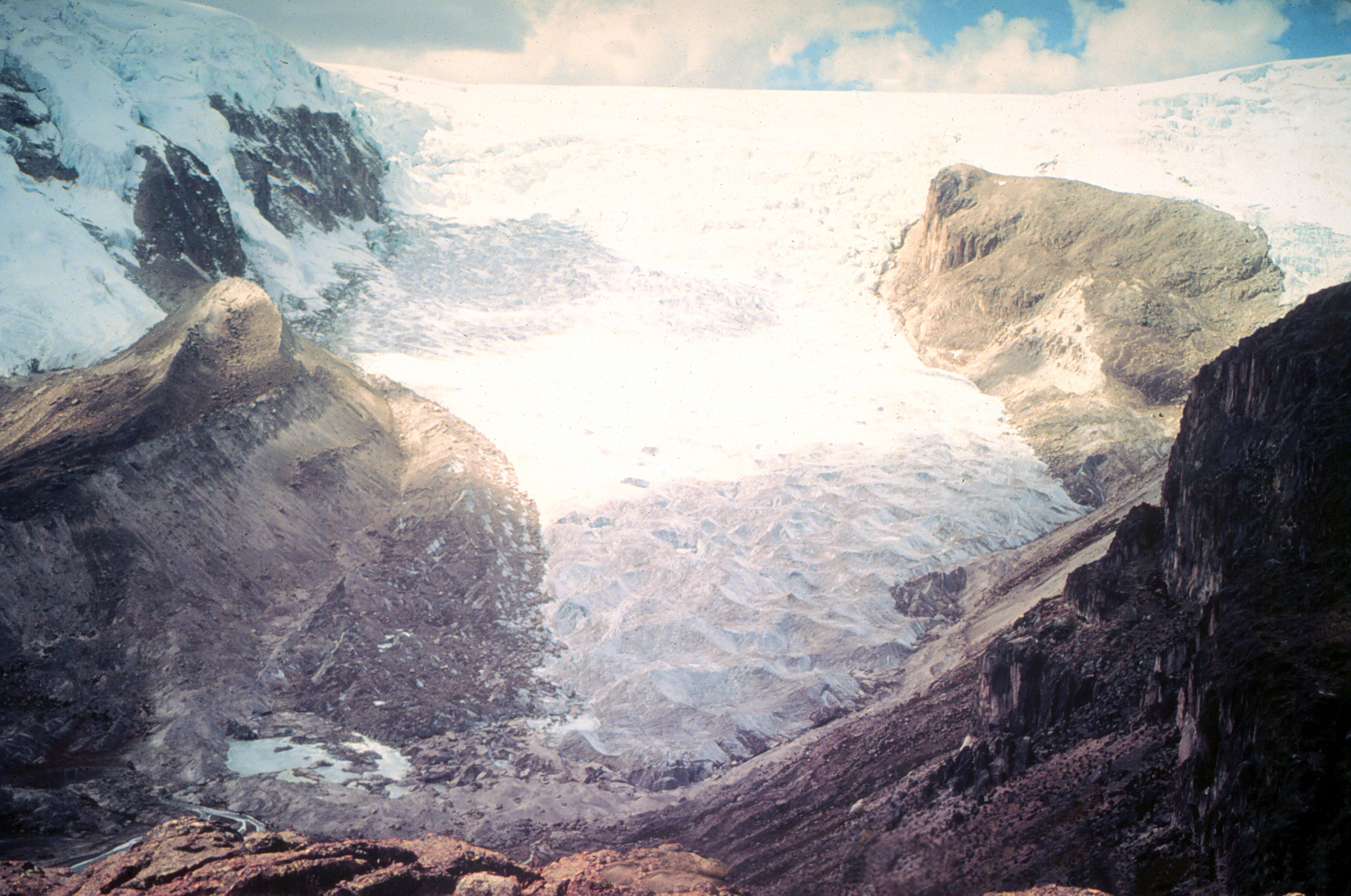NASA shows the effects of climate change on Earth.
The earth’s climate has been changing for centuries, however, it is in the last half century that the most drastic climate changes have occurred. This is closely related to human activity. The current warming of the climate is 10 times faster than before, and the increase in carbon dioxide has occurred almost 250 times faster than natural sources.
Kenai Fjords National Park, Alaska. The first photo was taken in the summer between 1920 and 1940. The second photo is from September 1995. The glacier’s cover has retreated 10 km in that time.
In 2021, a report was produced showing that the average temperature of the Earth’s surface has already increased by 1.1 degrees Celsius relative to the pre-industrial era, i.e. 1750. It is now assumed that the Earth’s temperature will increase by 1.5 degrees Celsius in the next few decades, which involves changes in all regions of the Earth and will affect all organisms.
Lake Mead, the largest reservoir of water in the United States, had its lowest level on record in July of the year.
The changes are best seen in the landscape. There are melting glaciers, rising sea levels, droughts and heat waves. Added to this are violent weather phenomena like intense downpours, floods, storms and fires.
August 13, 1941 – August 31, 2004 Muir Glacier, Alaska
NASA has published images in which we can see for ourselves how much of a threat global warming is to us. We must realise that this is not a problem for future generations but has begun to affect us.
1978 – 2011 Quelccaya’s largest tropical glacier retreated on land, leaving a lake of about 86 acres and a depth of about 60 metres.
Photos are from https://climate.nasa.gov

